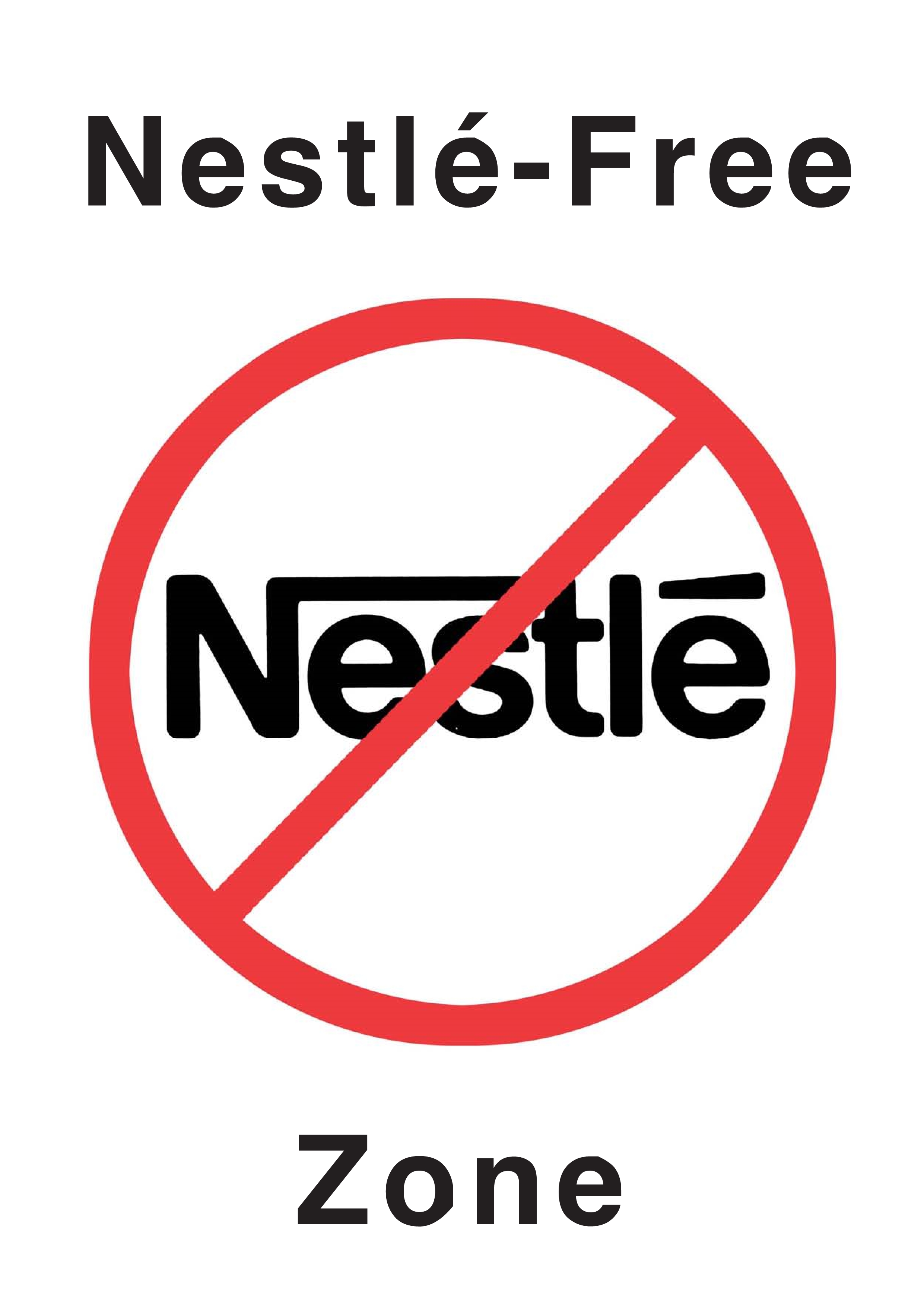International Breastfeeding Journal
Breastfeeding resets insulin resistance caused by pregnancy however, studies on the association between breastfeeding and diabetes mellitus (DM) have reported inconsistent results. Therefore, we aimed to inves...
Globally, mothers have identified work as one of the main obstacles to exclusive and continued breastfeeding. The support a woman receives in her workplace in terms of workplace arrangements can be critical to...
As an essential part of Early Essential Newborn Care, 90 minutes of mother-infant skin-to-skin contact is significant in improving maternal and infant outcomes. However, due to human resource constraints and t...
The collection of data on ‘infant feeding at hospital discharge’ is used to monitor breastfeeding outcomes, health service benchmarking, and research. While some Australian states have clear definitions of thi...
The discontinuation of “Mother-Baby Friendly” accreditation, coupled with the impact of the COVID-19 pandemic, has contributed to reduced breastfeeding rates observed in parts of South Africa. Consequently, th...
Lactational mastitis is a common painful and debilitating inflammation of breast tissue...
Many mothers in high-income countries (HIC) do not breastfeed to the World Health Organisation’s recommendation of two years. This is particularly true for low-income women (LIW). They often face additional so...
The World Health Organization and United Nations Children’s Fund recommend exclusive breastfeeding (EBF) for the first six months of an infant’s life. Although evidence suggests that maintaining breastfeeding ...
A lack of safety data on postpartum medication use presents a potential barrier to breastfeeding and may result in infant exposure to medications in breastmilk. The type and extent of medication use by lactati...
Despite breastfeeding recommendations, the prevalence and length of breast milk feeding in developing nations is rapidly decreasing, with bottle feeding taking its place. This reduces the effectiveness of brea...
Healthcare providers play important roles in supporting breastfeeding. Although there has been insufficient actual breastfeeding support from healthcare providers in China, little research has been conducted t...
The dysphoric milk ejection reflex (D-MER) is a reflex that causes temporary discomfort during milk ejection. D-MER develops due to the effects of hormones involved in lactation, and it has been reported that ...
Breastfeeding and human milk have well-documented health benefits for newborn infants, particularly those who are sick. However, breastfeeding rates and human milk feeding among infants in neonatal intensive u...
The number of pregnant women with congenital heart disease (CHD) is rising, and the disease poses increased risks of cardiovascular and obstetric complications during pregnancy, potentially impacting breastfee...
We present a case of non-puerperal induced lactation in transgender woman. Medical literature on lactation induction for transgender women is scarce, and the majority of literature and protocols on lactation i...
Breastfeeding has long-lasting effects on children’s cognition, behavioral, mental and physical health. Previous research shows parental characteristics (e.g., education, race/ethnicity, income level) are asso...
Breastfeeding initiation and continuation rates are shaped by complex and interrelated determinants across individual, interpersonal, community, organisational, and policy spheres. Young mothers, however, face...
Early and exclusive breastfeeding may reduce neonatal and post-neonatal mortality in low-resource settings. However, prelacteal feeding (PLF), the practice of giving food or liquid before breastfeeding is esta...
Mother-to-child transmission of HIV, which may occur in utero, during birth, or through breastmilk, is now largely preventable with the advancement of HIV testing and treatment for women and their infants. Glo...
Most Recent Articles: International Breastfeeding Journal
SubscribeFeliratkozás a következőre: International Breastfeeding Journal hírcsatorna

